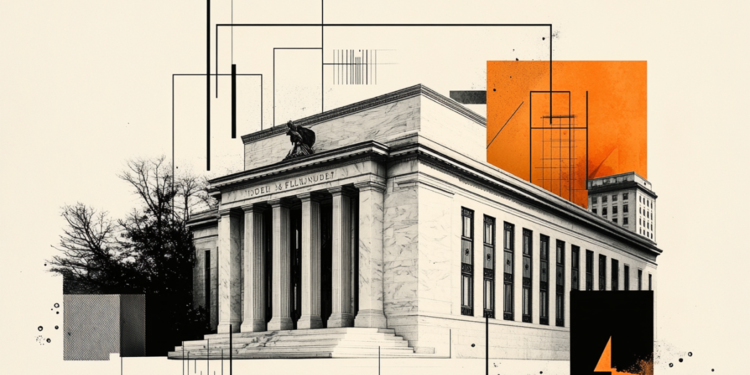Federal Reserve (Fed) Governor Christopher Waller said the Trump administration’s tariffs posed a significant shock to the United States (US) economy that might force the Fed to cut rates to avert a recession, though they could also be just a negotiating tactic with minimal lasting impact.
Key Highlights
- New tariff policy is one of the biggest shocks to affect the US economy in decades.
- I believe higher inflation from tariffs will be temporary.
- If current 25% average tariff rate stays for some time, inflation could peak near 5%.
- In this large-tariff scenario, drag on output, employment could be longer-lasting; unemployment could rise to 5%.
- Under large-tariff scenario with significant economic slowdown, I’d favour cutting policy rate sooner and more than previously thought.
- In a scenario where tariffs drop down to 10%, inflation could peak at 3%.
- Under 10% avg tariff would see limited effects on economic activity; I would support a limited monetary policy response.
- Under smaller-tariff scenario Fed could be more patient, rate cuts could take place in latter half of the year.
- Policy highly uncertain, Fed should remain flexible.
- Partial tariff suspensions may have widened the range of possible outcomes, made timing less certain.
- Inflation expectations have not become unanchored, expect inflation to return to more moderate level in 2026.
- Monetary policy is meaningfully restricting economic activity, hope underlying inflation will continue to moderate.
- In Q1, economy was growing modestly, labor market solid, inflation too high but making slow progress.
- March PCE 12-month inflation likely was 2.3%, core PCE likely was 2.7%.

